Any question about our watches or services?
Visit Us
FAQ
Email Us
Sapphire glass, contrary to its name, is not derived from the precious gemstone sapphire. Instead, it is a synthetic crystal, also known as corundum, produced in laboratories under controlled conditions. The term ‘sapphire’ is used due to the crystal’s resemblance to the gemstone in terms of hardness and transparency.
One of the key properties of sapphire glass is its exceptional hardness, ranking 9 on the Mohs scale, second only to diamond. This makes it highly resistant to scratches and abrasions, a critical factor in the longevity and pristine appearance of luxury watches. Additionally, sapphire glass possesses excellent optical clarity, allowing for easy reading of time and other watch features.
The production of sapphire glass is a complex and meticulous process. It begins with the creation of a sapphire boule, a cylindrical piece of crystal, using the Kyropoulos method. This involves melting aluminum oxide at extremely high temperatures, then slowly cooling it to form a single crystal structure.
The boule is then sliced into thin discs using a diamond-coated saw. These discs are further processed through grinding and polishing to achieve the desired thickness and clarity. The final step involves heat treatment to remove internal stresses and enhance the crystal’s hardness and transparency.
The hardness of sapphire glass makes it an ideal material for the watch crystal, the clear cover that protects the watch face. Its resistance to scratches ensures that the watch retains its brand-new look for a long time, even with regular use. This is particularly important for luxury watches, which are often considered investments and heirlooms.
Furthermore, the optical clarity of sapphire glass enhances the visibility of the watch’s features. This is crucial in luxury mechanical watches, which often have intricate designs and complications that are meant to be admired. The transparency of sapphire glass allows every detail to be clearly seen and appreciated.
Sapphire glass plays a pivotal role in luxury mechanical watches, serving both functional and aesthetic purposes. Its primary function is to protect the watch face from damage, but its contribution extends beyond this practical aspect.
From an aesthetic perspective, the high clarity and luster of sapphire glass add to the watch’s overall appeal. It enhances the visibility of the watch’s intricate mechanisms and design elements, allowing them to be fully appreciated. Moreover, the glass’s resistance to scratches ensures that the watch maintains its pristine appearance over time, adding to its value and appeal.
The durability of a luxury mechanical watch is significantly influenced by the quality of its crystal. Sapphire glass, with its exceptional hardness and scratch resistance, greatly enhances the watch’s durability. It can withstand daily wear and tear without showing signs of aging, making it ideal for watches that are meant to last for generations.
Moreover, sapphire glass is resistant to chemical damage, which means it won’t be affected by substances like sweat or perfume. This makes it a reliable choice for watches that are worn regularly, ensuring that they remain in excellent condition for a long time.
The aesthetic appeal of a luxury mechanical watch is greatly enhanced by the use of sapphire glass. Its high clarity and luster add a touch of elegance and sophistication to the watch, making it a true work of art. The glass’s transparency allows the intricate mechanisms and design elements of the watch to be clearly seen, adding to its visual appeal.
Furthermore, the use of sapphire glass in luxury watches often signifies high quality and craftsmanship. It is a mark of a watchmaker’s commitment to excellence and attention to detail, adding to the watch’s prestige and value.
Despite its many advantages, using sapphire glass in watchmaking is not without challenges. Its hardness, while beneficial in terms of scratch resistance, makes it more prone to shattering upon impact. Moreover, its production process is complex and costly, which contributes to the high price of watches that use this material.
However, watchmakers have found ways to overcome these challenges. To address the issue of brittleness, some manufacturers use laminated sapphire glass, which is less likely to shatter. Additionally, advances in technology have made the production process more efficient, reducing costs and making sapphire glass more accessible.
The hardness of sapphire glass makes it brittle, meaning it can shatter if subjected to a strong impact. This is a significant concern in watchmaking, as watches are often exposed to accidental knocks and drops. To address this issue, some manufacturers use laminated sapphire glass, which consists of two layers of sapphire glass with a layer of plastic in between. This construction makes the glass less likely to shatter upon impact.
Another solution is the use of specially treated sapphire glass, which is designed to be more resistant to shattering. This type of glass undergoes a heat treatment process that alters its internal structure, making it tougher and more durable. While this treatment increases the cost of the glass, it significantly enhances the watch’s durability and longevity.
The production of sapphire glass is a complex and costly process, which contributes to the high price of watches that use this material. However, advances in technology have made the production process more efficient, reducing costs and making sapphire glass more accessible.
One such advancement is the development of more efficient cutting and polishing techniques. These techniques allow for faster production of sapphire glass without compromising its quality. Additionally, improvements in the manufacturing process have resulted in higher yield rates, further reducing costs.
Sapphire glass, with its exceptional hardness, optical clarity, and aesthetic appeal, plays a crucial role in the world of luxury mechanical watches. Its use not only enhances the durability and longevity of these timepieces but also contributes significantly to their visual appeal and prestige.
Despite the challenges associated with its use, the benefits of sapphire glass far outweigh its drawbacks. Through continuous innovation and technological advancements, watchmakers have been able to overcome these challenges and continue to use this remarkable material in the creation of exquisite timepieces. The use of sapphire glass in luxury mechanical watches is a testament to the industry’s commitment to excellence, craftsmanship, and the pursuit of perfection.
Any question about our watches or services?
Visit Us
FAQ
Email Us
Watches
Accessories
Watch Finder
Services
The brand
Stores
news
Delivery / Currency

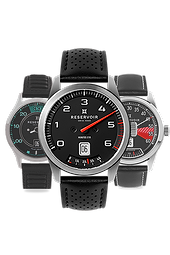
Car

Aeronautic

Marine

Music

Comics by Reservoir

Partnership
You may also like
Services

GT Tour

Supercharged
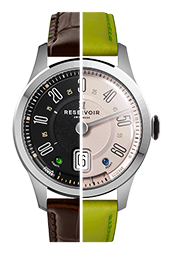
Longbridge

Kanister
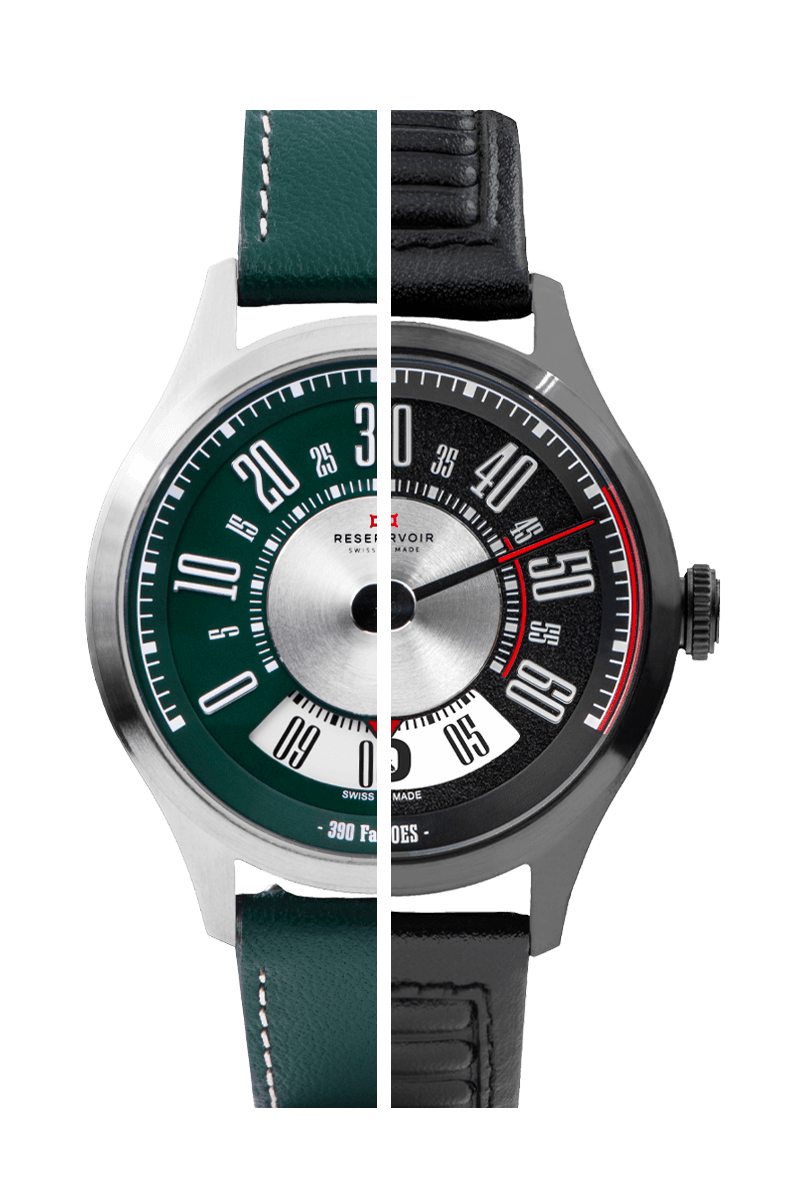
390 FASTBACK

MONZA DESIGN

Battlefield
Explore
You may also like

Airfight

Black Sparrow
Explore
You may also like

Hydrosphere

Tiefenmesser
Explore
You may also like
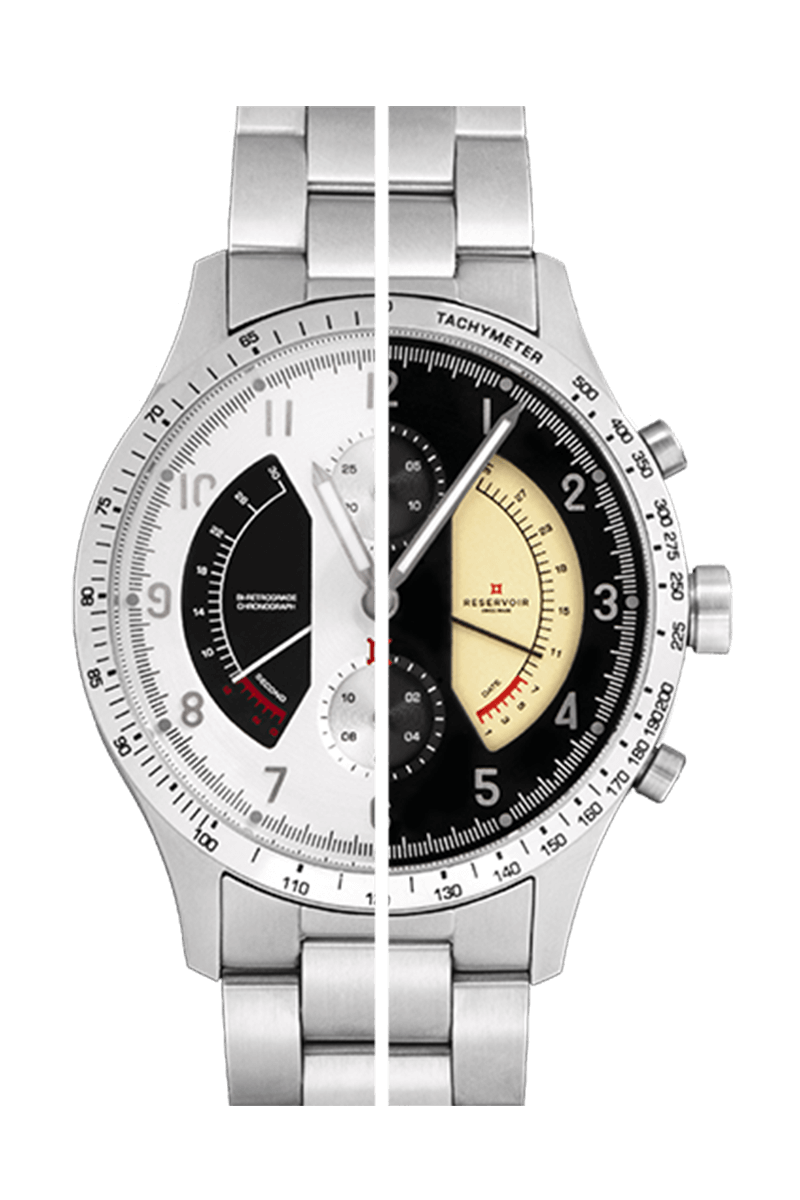
Sonomaster
Explore
You may also like
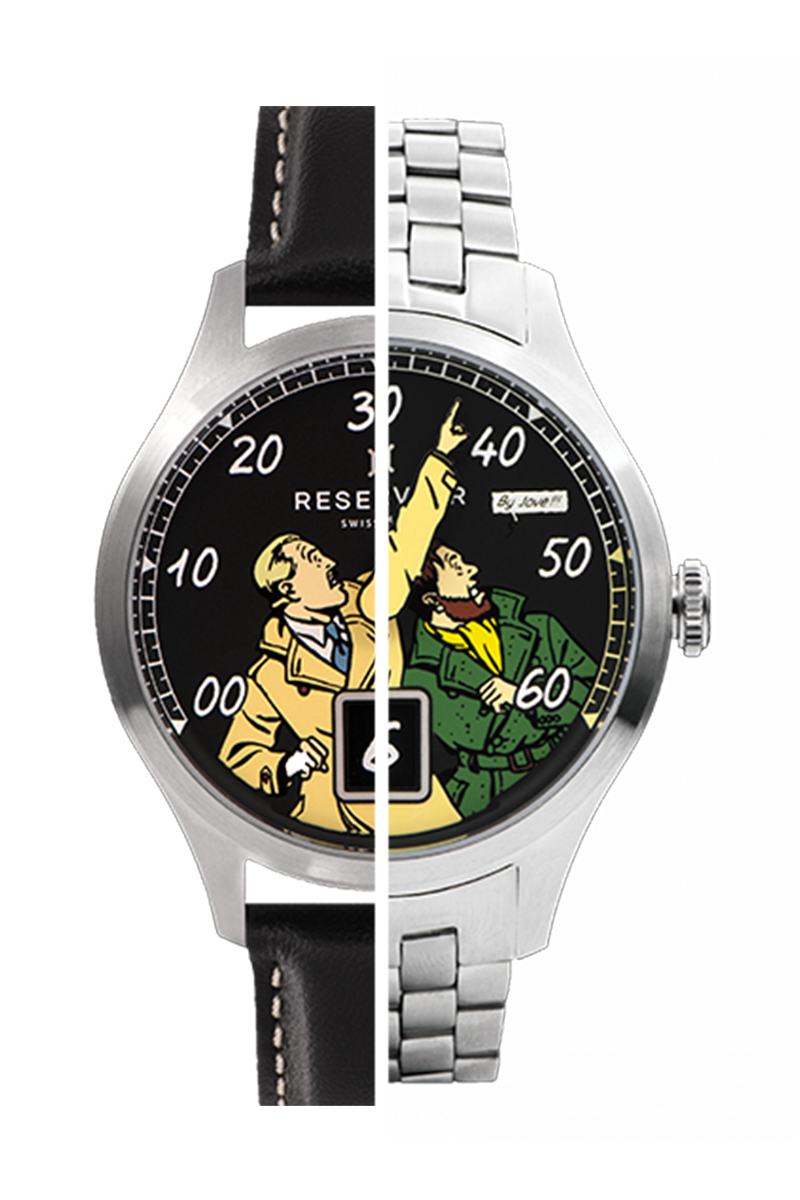
Blake et Mortimer
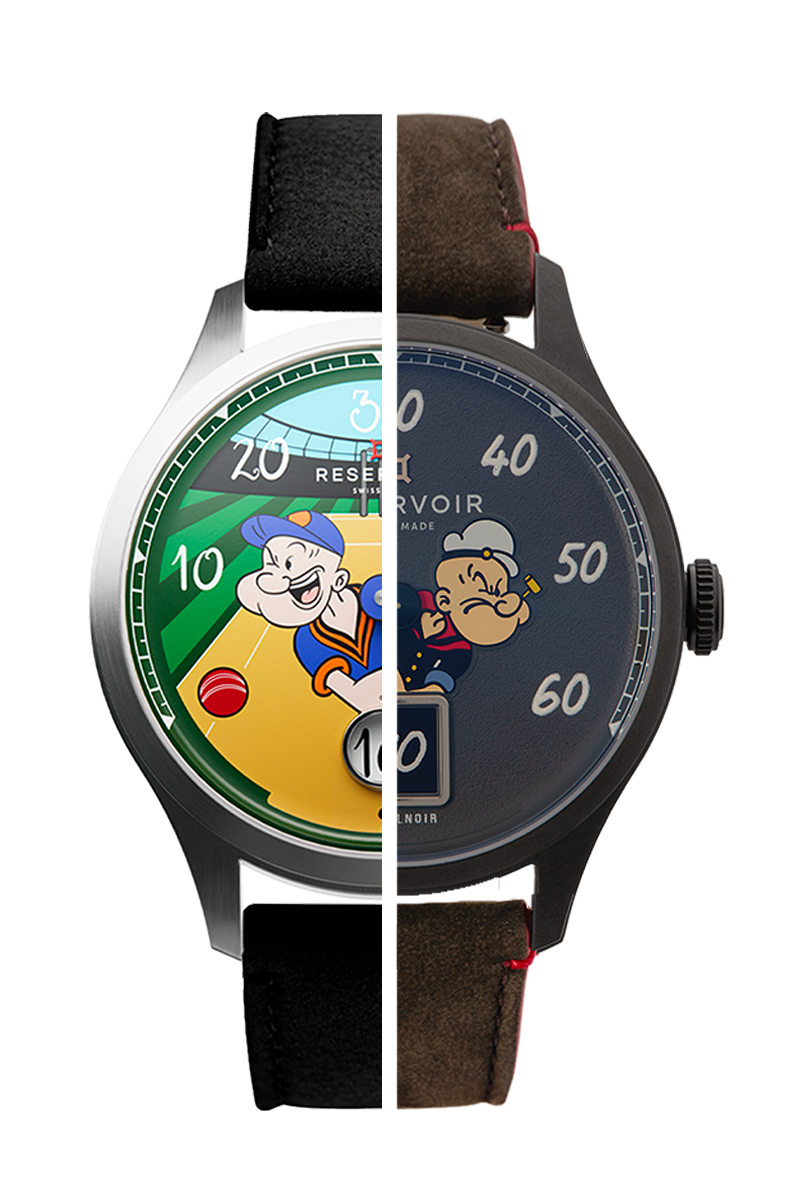
THE Popeye FAMILY
Explore
You may also like









Explore
You may also like













You may also like







You may also like












You may also like






You may also like




You may also like



You may also like

You may also like






You may also like



You may also like







You may also like








You may also like





You may also like


You may also like





You may also like

You may also like